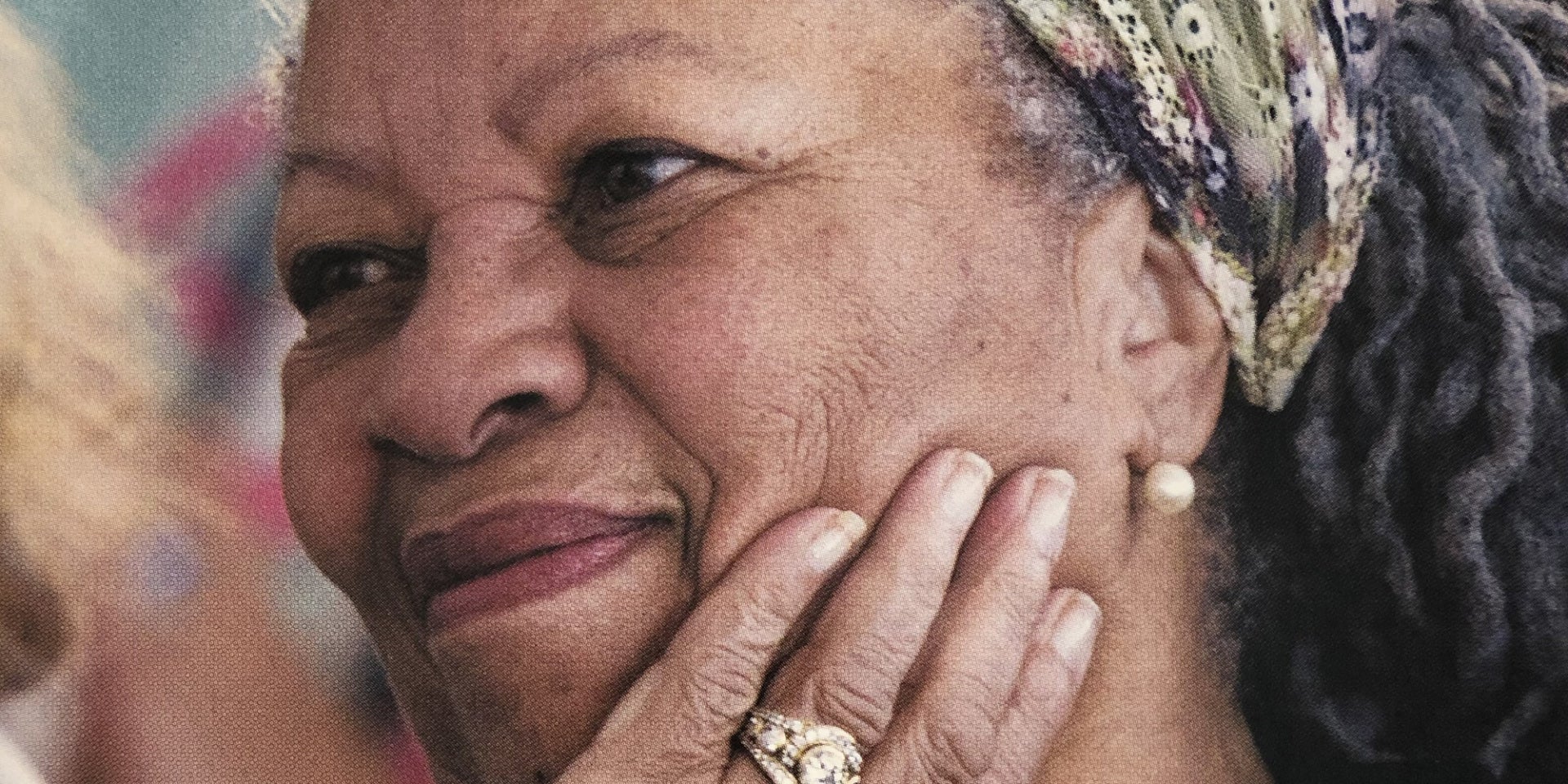When Academy Award nominations were announced in January, the production company garnering the most nods was a little operation called Netflix, whose primary income stream was renting DVDs through the mail a mere decade ago.
That Netflix would come to dominate visual entertainment production (and some might even argue that it has revolutionized it) is a testament to the vision of its leaders, particularly Ted Sarandos, its chief content officer. Before nominations were announced in the 2020 awards season, Sarandos was interviewed by Derek Thompson, staff writer at The Atlantic, as part of the Morris Series at the Aspen Institute.
If we can see how Netflix came to be so successful, we might be able to see where the whole entertainment industry is going. We might also learn a few lessons about business innovation in general.
Have a light touch.
Creating entertainment is a lot like any other executive job, according to Sarandos. “We had a really interesting corporate philosophy in Netflix around our business culture which was trying to hire rock stars and give them the tools to do the best work of their life and get out of their way,” he says. It should be noted that Netflix used that model simply because they didn’t have the layers of executives that conventional studios did, but it seems to have worked out for them.
Ignore conventional wisdom.
“The data that would be useless for us is finding the next big thing,” says Sarandos, “because it’s data that is really good at figuring out what people are doing already based on the things that are already there.” Instead, creating an environment that’s flexible and forgiving leads to more risk-taking, and groundbreaking products.
Think outside the (cultural) box.
Entertainment, like most other industries, is global. But big American media companies have been stuck in an ethnocentric rut — making assumptions that what has worked domestically will work internationally. When Netflix began to expand its production globally, it discovered many other models for delivering entertainment, from Korean soap operas to short British miniseries. From that, they learned that there was no one best model for any story, and (perhaps) no one model that will work to make more than one story its absolute best. “I want the stories to organically be as long or short as they need to be or should be,” says Sarandos.
Competition for the consumer benefits the consumer.
“An incredible statistic that I just saw: If you add up the amount of money that the top nine entertainment companies are going to spend on content in 2020…it’s a hundred billion dollars,” says Sarandos. “No one can say what the landscape is going to look like in 2030, but you know who the winner is in 2020, and it’s the people who are having a hundred billion dollars spent on behalf of them.”
Watch the entire discussion here.


